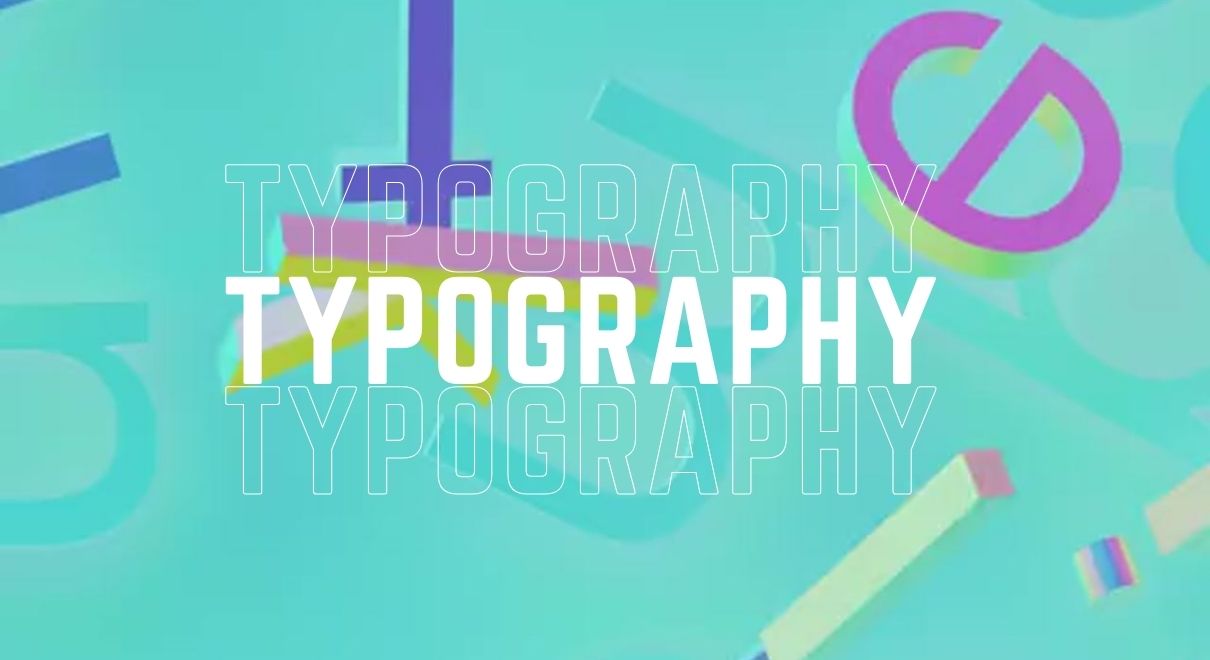Understanding Typography Hierarchy: Tips for Better Visual Communication
Typography hierarchy is a cornerstone of visual communication, serving as a silent guide that directs readers through content, conveying meaning not only through the words but also through their appearance. Understanding and mastering typography hierarchy is essential for creating clear, effective, and visually appealing designs. This guide delves into the importance of typography hierarchy and offers practical tips to enhance your visual communication.
What is Typography Hierarchy?
Typography hierarchy refers to the system of organizing type in a way that clearly indicates the order of importance within the content. It ensures that readers can quickly scan and understand the structure and key points of the text. This hierarchy is achieved through various typographic elements such as font size, weight, color, and spacing.
The Importance of Typography Hierarchy
- Guides the Reader’s Eye: Typography hierarchy directs the reader’s eye through the content in a logical order. It helps readers identify headlines, subheadings, body text, and other elements, making the content more accessible and easier to understand.
- Enhances Readability: A well-structured typography hierarchy improves readability. By distinguishing different levels of information, it prevents the text from becoming a monotonous block, ensuring that the content is engaging and easy to digest.
- Communicates Importance: Hierarchy in typography communicates the relative importance of different parts of the text. It highlights key points and allows the reader to grasp the main ideas quickly, even at a glance.
- Creates Visual Interest: Effective use of typography hierarchy adds visual interest to a design. It breaks up the text, creating a dynamic and attractive layout that draws the reader in.
Elements of Typography Hierarchy
- Font Size: The most straightforward way to create hierarchy is through varying font sizes. Larger fonts typically indicate more important information, such as titles and headings, while smaller fonts are used for body text and less critical information.
- Font Weight: Font weight, or the thickness of the characters, also plays a crucial role. Bold weights can be used to emphasize headings or key points, while lighter weights are suitable for longer text passages.
- Font Style: Italics, underlining, and different font families can add another layer of hierarchy. Italics can highlight specific words or phrases, while different font families can distinguish different types of content.
- Color: Color can be a powerful tool in establishing typography hierarchy. Contrasting colors can draw attention to headlines or important information, while a more subdued palette can be used for body text.
- Spacing: The use of spacing—both between lines (leading) and between letters (tracking)—affects readability and hierarchy. Generous spacing can give prominence to a headline, while tighter spacing might be used for more detailed body text.
- Alignment: Alignment influences the flow and structure of text. Centered, left-aligned, right-aligned, and justified texts all convey different levels of formality and importance.
Practical Tips for Creating Effective Typography Hierarchy
- Establish a Clear Structure: Start by planning the structure of your content. Decide on the main headings, subheadings, and body text. Use different font sizes, weights, and styles to create a clear and consistent typography hierarchy.
- Limit Font Choices: Stick to a limited number of fonts. Too many different fonts can confuse the reader and clutter the design. Typically, two to three fonts are sufficient—one for headings, one for body text, and possibly one more for accents.
- Use Contrast Wisely: Ensure there is enough contrast between different hierarchical levels. This can be achieved through variations in size, weight, color, and style. High contrast helps important elements stand out, while lower contrast maintains cohesiveness in body text.
- Consistent Application: Consistency is key in maintaining a clear typography hierarchy. Apply the same typographic rules throughout the document or design to reinforce the structure and guide the reader effectively.
- Pay Attention to Alignment and Spacing: Proper alignment and spacing improve readability and create a professional look. Avoid too much or too little space between elements, and ensure that alignment is consistent.
- Responsive Design Considerations: In digital designs, consider how your typography hierarchy will adapt to different screen sizes. Ensure that headings and body text remain distinguishable and readable on both large and small screens.
- Test and Iterate: Test your typography hierarchy with real users if possible. Gather feedback on readability and visual appeal, and be prepared to make adjustments. Iteration helps in refining the design to better meet user needs.
- Use Visual Cues: Incorporate visual cues like lines, borders, and background colors to further distinguish different levels of information. These cues can enhance the hierarchy and make the design more engaging.
- Balance Aesthetics and Functionality: While it’s important for your typography to be visually appealing, never sacrifice functionality. The primary goal is to communicate information effectively, so always prioritize readability and clarity.
- Learn from Examples: Study well-designed documents, websites, and other materials to see how effective typography hierarchy is implemented. Analyze what works well and try to incorporate similar strategies into your own designs.
Conclusion
Mastering typography hierarchy is essential for anyone involved in creating visual content. It’s not just about making text look good; it’s about communicating effectively and ensuring that your audience can easily navigate and understand your content. By paying attention to elements like font size, weight, style, color, spacing, and alignment, and by applying these principles consistently, you can create designs that are not only beautiful but also highly functional. Whether you’re designing a website, a print document, or any other type of visual communication, a strong typography hierarchy will enhance the user experience and convey your message with clarity and impact.
To know more about typography click here
To learn typography click here


